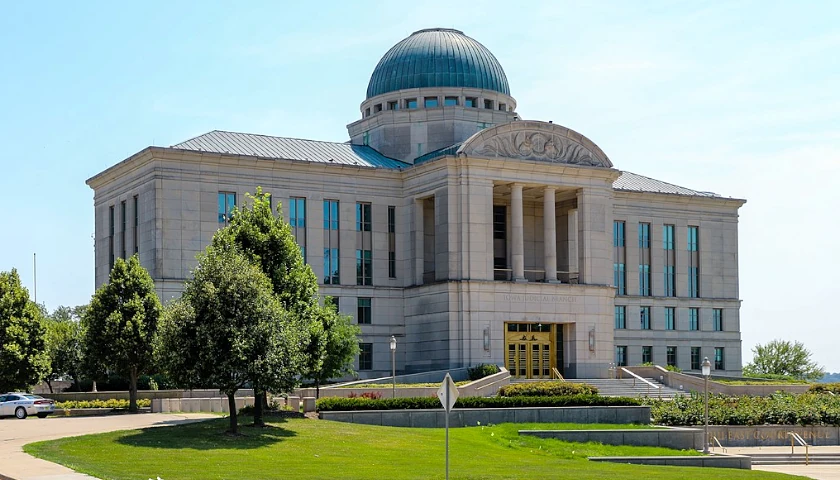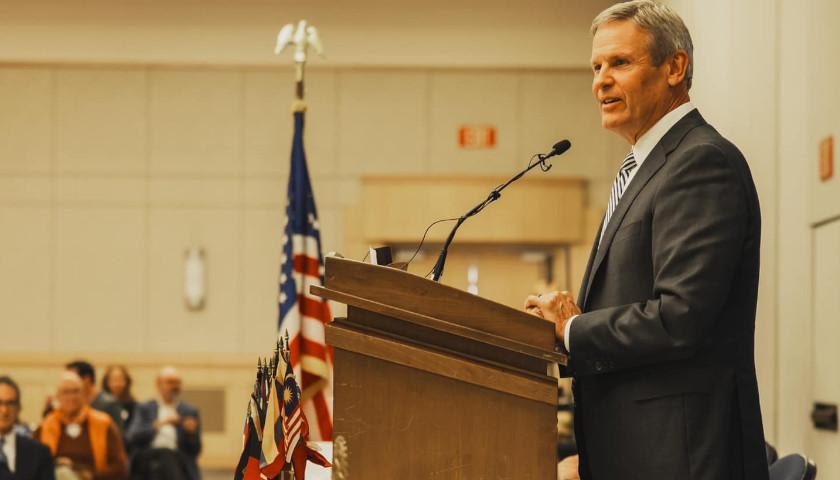by Jackie Mitchell
The Iowa State Legislature referred a constitutional amendment to the 2024 ballot that would create a system of succession in the case of temporary or permanent disability of the governor. The amendment would provide that if the governor dies, resigns, or is removed from office, the lieutenant governor would assume the office of governor for the remainder of the term, thereby creating a vacancy in the office of lieutenant governor. Under the amendment, if the lieutenant governor assumed the office of governor, they would have the authority to appoint a new lieutenant governor.
Currently, in Iowa, if the governor leaves office, the lieutenant governor becomes responsible for fulfilling the duties and assumes the powers of the governor, but does not have the authority to appoint a new lieutenant governor.
Adam Gregg (R) was appointed lieutenant governor of Iowa by Gov. Kim Reynolds on May 25, 2017. Reynolds, the previous lieutenant governor, had recently become Governor following the resignation of Terry Branstad to serve as U.S. Ambassador to China.
Before Reynolds was sworn in, Iowa Attorney General Tom Miller (D) issued a legal opinion stating that Reynolds would not have the ability to appoint her own lieutenant governor. In a press conference announcing the decision, Miller said, “There’s a clear historic practice that there is no replacement of a lieutenant governor or vice president absent a constitutional provision.” Iowa Secretary of State Paul Pate (R) disagreed, saying in a statement, “There is sufficient legal authority for Governor Reynolds to fill the vacancy of lieutenant governor.”
Upon Gregg’s appointment, a Des Moines Register report citing Reynolds’ Deputy Chief of Staff Tim Albrecht said Gregg was appointed in such a way that he will “‘operate’ the office of lieutenant governor, but not actually ‘hold’ that office.” Although Gregg held the title and carried out the responsibilities of the office, he took office while remaining outside of the gubernatorial line of succession. This meant that if Reynolds became unable to carry out the office of governor, the new governor would be the President of the Iowa Senate, who at the time was Jack Whitver (R).
The constitutional amendment was introduced as House Joint Resolution 2005 on Feb. 10, 2022. It was passed in the House on Feb. 23, 2022, in a vote of 63-34. It was passed in the Senate on March 22, 2022, in a vote of 46-3. The amendment was sent to the Iowa secretary of state and thereby referred to the 2023-2024 session of the state legislature. The constitutional amendment was introduced during the 2023 legislative session as House Joint Resolution 3 on Jan. 26, 2023. It was passed in the House on Feb. 1, 2023, in a vote of 81-18. It was passed in the Senate on April 19, 2023, in a vote of 50-0.
The state legislature first passed a constitutional amendment addressing the gubernatorial line of succession during the 2018 legislative session, which would have gone before the legislature during the 2019-2020 legislature session to appear on the 2020 ballot. However, due to an error made by the secretary of state’s office, the 2018 vote did not count toward referring the amendment to the ballot and the process had to be restarted.
Voters in Indiana will also vote on a constitutional amendment related to the gubernatorial line of succession in 2024. Under the proposal, the superintendent of public instruction would be removed from the gubernatorial line of succession since the elected position of state superintendent of public instruction was abolished in 2021 and replaced by the secretary of education, a position appointed by the governor.
– – –
This article appeared on The Center Square and was written by Jackie Mitchell, a regular contributor to Ballotpedia.
Photo “Kim Reynolds” by Governor Kim Reynolds. Background Photo “Iowa State Capitol” by Carol M. Highsmith.





